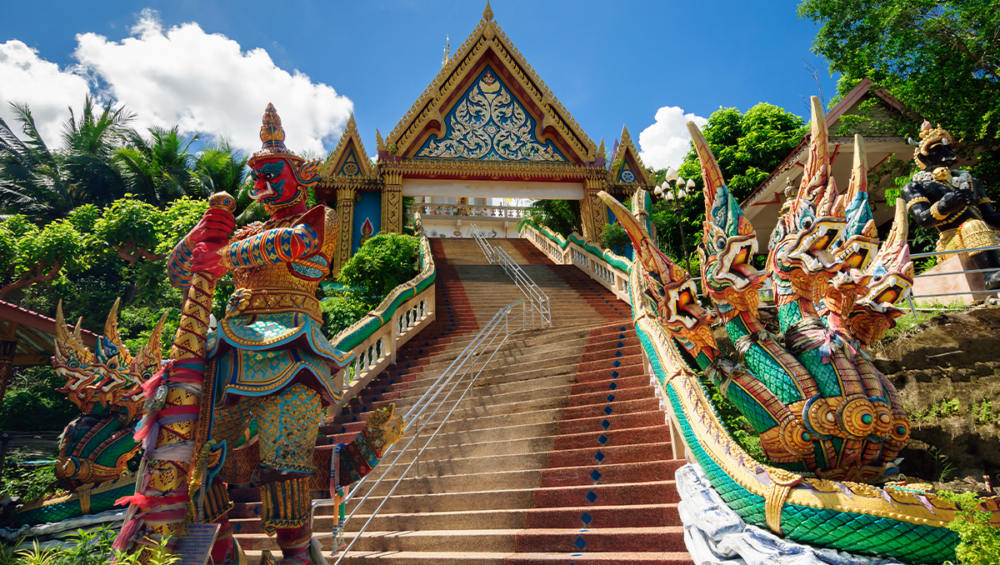Discovering the Rich Culture of Phuket, Thailand
Phuket, Thailand’s largest island, is renowned for its stunning beaches, vibrant nightlife, and delectable cuisine. However, beneath the surface of this popular tourist destination lies a fascinating cultural heritage that is waiting to be explored.
The Influence of Chinese and Portuguese Settlers
Phuket’s culture has been shaped by the influence of Chinese and Portuguese settlers who arrived on the island centuries ago.
- The Chinese influence is evident in the island’s architecture, particularly in the Old Town area of Phuket City, where you can find Sino-Portuguese style buildings and Chinese temples.
- The Portuguese influence can be seen in the island’s cuisine, with dishes like “Bolo” (a type of Portuguese cake) and “Feijoada” (a Portuguese-style bean stew) being popular among locals.

Celebrating Traditional Festivals and Events
Phuket is home to a number of traditional festivals and events that showcase the island’s rich cultural heritage. Some of the most notable include:
1. Phuket Vegetarian Festival: Held during the ninth lunar month of the Chinese calendar, this festival is a time for locals to abstain from meat and other vices in order to cleanse their bodies and minds.
2. Phuket Old Town Festival: This annual event celebrates the island’s Sino-Portuguese heritage with live music, cultural performances, and street food vendors.
3. Loy Krathong: This nationwide festival, which takes place on the full moon of the 12th lunar month, involves releasing small floating offerings onto bodies of water as a way of giving thanks to the water spirits.
The Importance of Buddhism in Phuket’s Culture
Buddhism plays a significant role in the daily lives of many Phuket residents. The island is home to numerous temples, or “wats,” where locals go to pray, meditate, and make offerings to the Buddha.
Some of the most notable Buddhist temples in Phuket include:
- Wat Chalong: The largest and most important temple on the island, Wat Chalong is known for its intricate architecture and stunning murals.
- Big Buddha: Perched atop the Nakkerd Hills, this 45-meter-tall white marble statue of the Buddha is one of Phuket’s most iconic landmarks.
“When you visit a temple in Phuket, it’s important to dress modestly and remove your shoes before entering. This is a sign of respect for the sacred space and the Buddhist faith.” – Local Phuket guide
Preserving Traditional Arts and Crafts
Phuket is also home to a number of traditional arts and crafts that have been passed down through generations. Some of the most notable include:
- Batik: A type of fabric dyeing technique that involves applying wax to the cloth before dyeing it, creating intricate patterns and designs.
- Nielloware: A type of metalwork that involves etching designs onto a black metal surface and filling them with a silver or gold alloy.
- Shadow Puppetry: A traditional form of storytelling that involves using puppets made from buffalo hide to create shadows on a screen.
Many local artisans in Phuket are working to preserve these traditional arts and crafts, and visitors can support their efforts by purchasing handmade souvenirs and attending cultural performances.
Conclusion
Phuket’s culture is a fascinating blend of Chinese, Portuguese, and Thai influences that have shaped the island’s identity over centuries. From traditional festivals and Buddhist temples to unique arts and crafts, there is so much to discover beyond the island’s famous beaches and resorts. By taking the time to explore Phuket’s cultural heritage, visitors can gain a deeper appreciation for the island’s history and the people who call it home.

